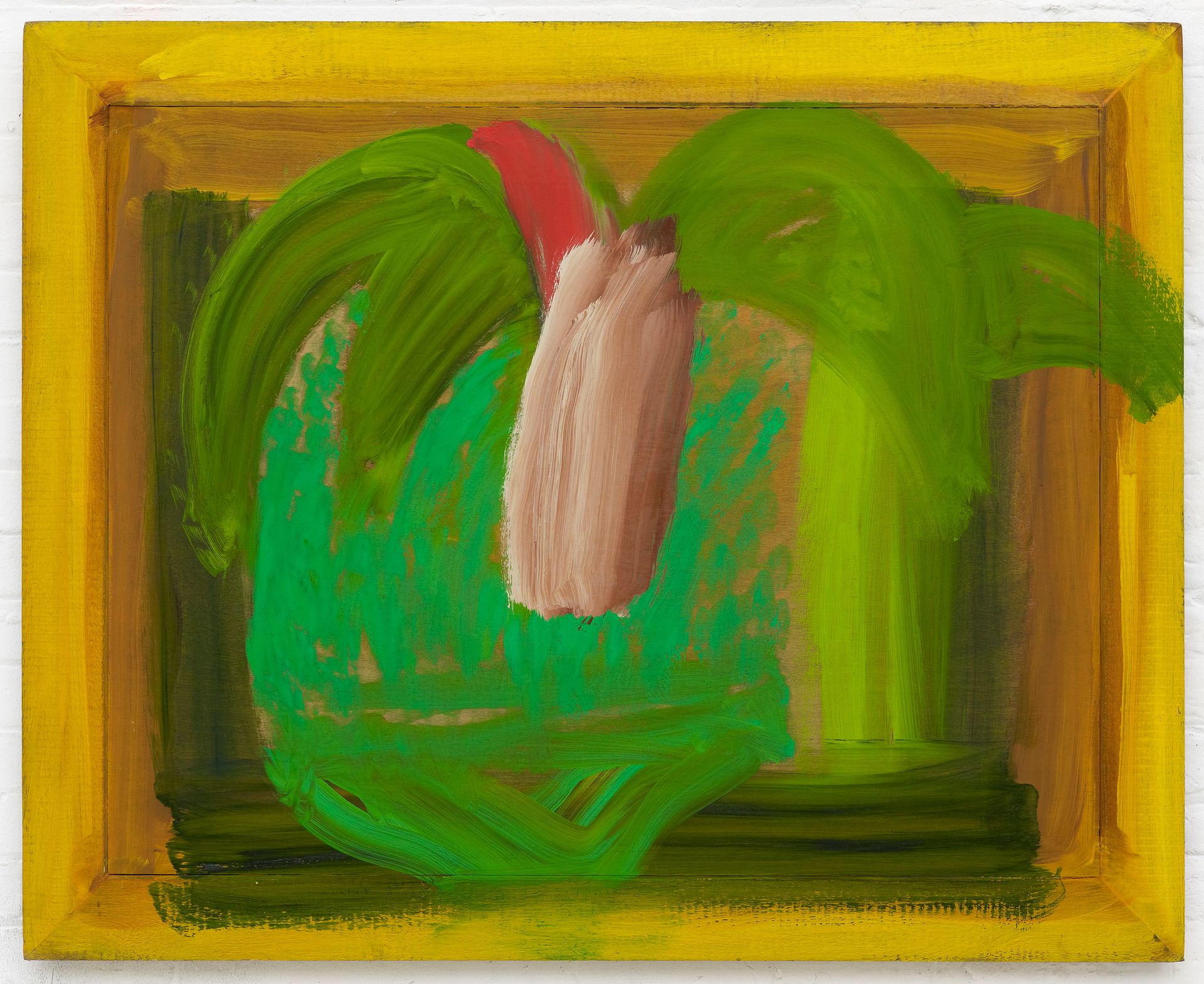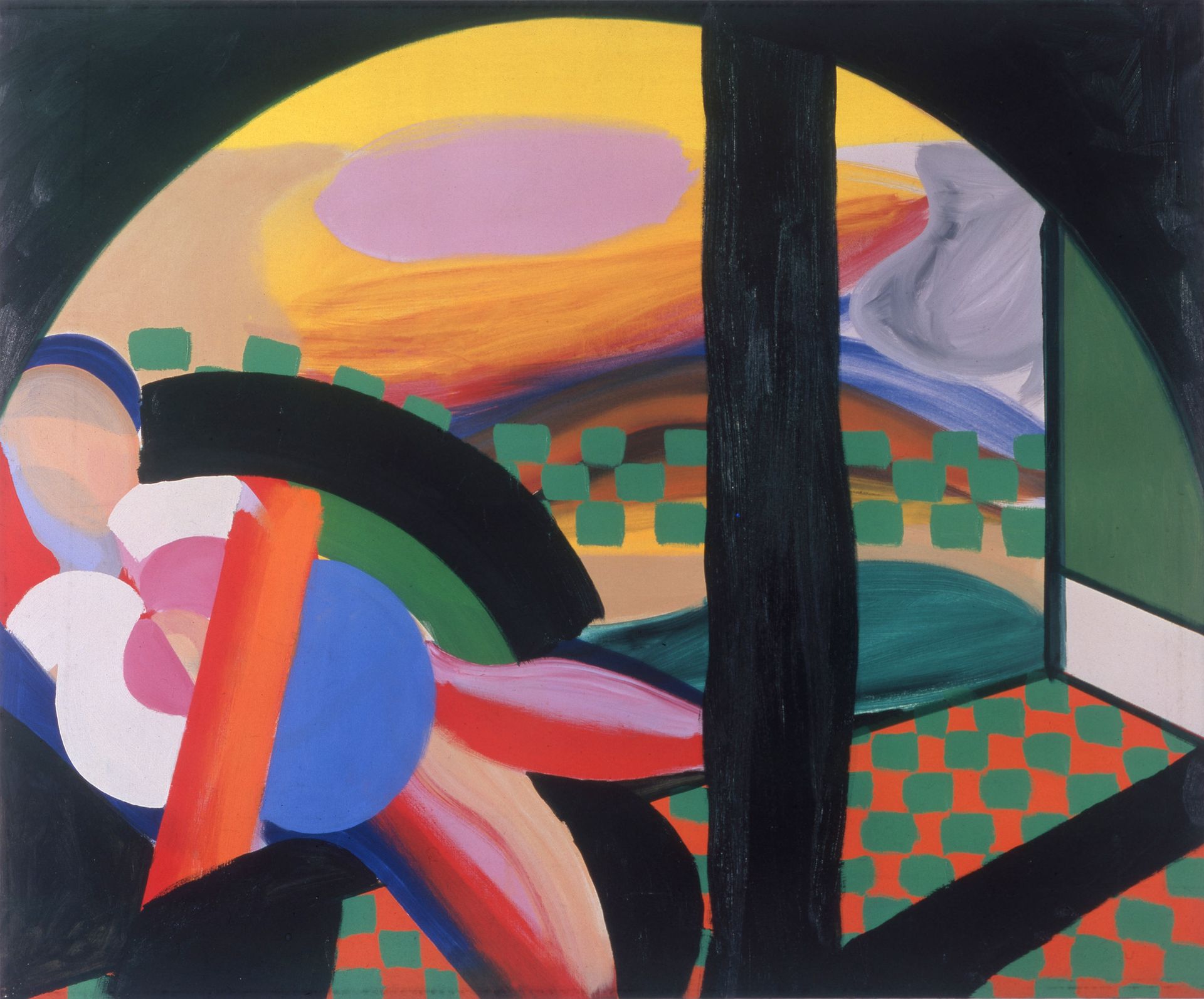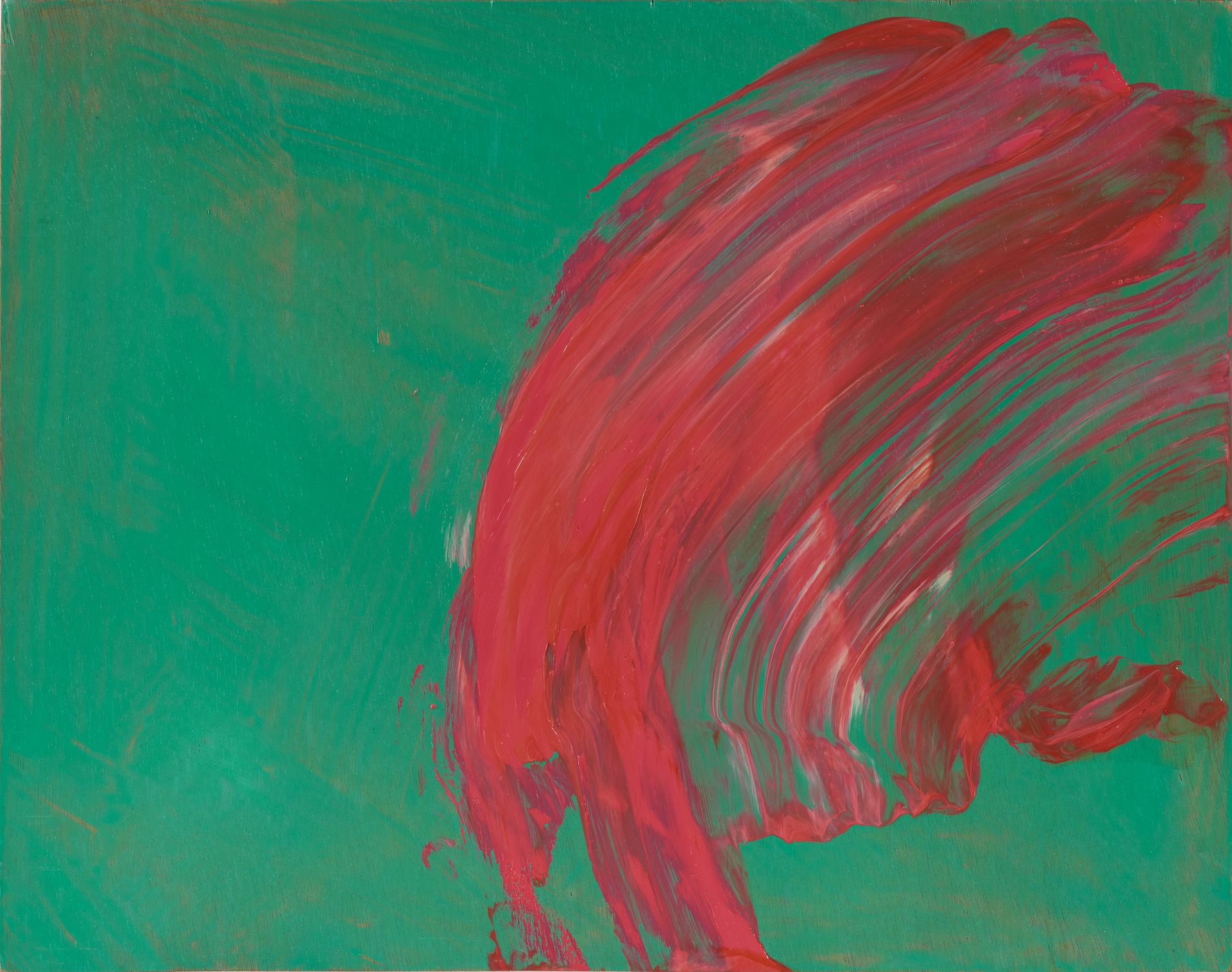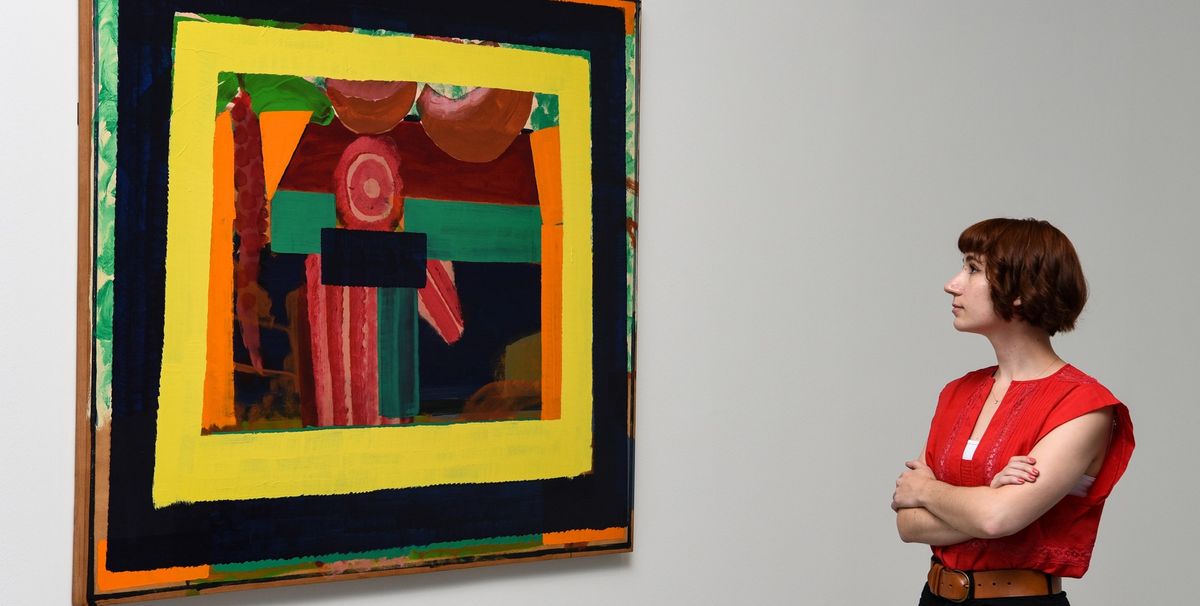When Howard Hodgkin died in March this year, he had already helped plan his exhibition Painting India (1 July-8 October) at the Hepworth Wakefield in great detail. The country that inspired the paintings in the show was of enormous significance to him; and the exhibition seems to have gained a corresponding importance. It is the first to gather a broad range of his paintings capturing his Indian memories and experiences.
Hodgkin had given detailed instructions to Eleanor Clayton, the show’s curator. These included how to hang the pictures. “He came to see the Stanley Spencer show which I also curated, which had about twice as many paintings,” she recalls, “and perhaps that’s why one of the first things he said to me was: ‘You will make sure that the paintings have enough space.’ He said that when the paintings are too close together they fight with each other.”
Hodgkin had also expressed delight at the light-filled rooms in the David Chipperfield-designed building and urged Clayton to exploit their luminosity. He had pointed her and her team in the direction of his best Indian-themed works, some long unseen, one even suspected to be lost. And he had promised to deliver recent works made in Bombay. That the Hepworth has followed his wishes to a T and created a beautiful, revelatory show makes it all the more “heart-breaking”, as the Hepworth’s director Simon Wallis puts it, that Hodgkin could not see the results.

Hodgkin said that he painted “representational pictures of emotional situations” and no other location inspired as many of these memories as India—his website lists 111 paintings triggered by dozens of journeys there. “It was a place so close to his heart,” Wallis says, “and we were very surprised to find that no one had done a show that was exploring something that was so central to him.”
Hodgkin collected Indian paintings from his teens and Wallis says that the painter had “allowed a couple in here”, in a small but fascinating archival space. But Hodgkin was insistent that the show should focus on his own paintings made over 50 years, from Mrs Acton in Delhi, begun in 1967, three years after Hodgkin had first visited India, to Over to You, one of six paintings completed in Mumbai in January this year—Hodgkin’s final works.
Wallis hopes that the show prompts similar epiphanies in visitors to the one he experienced at Hodgkin’s retrospective at the Hayward Gallery in London in 1996. But he argues that the famed colour in Hodgkin’s work is only part of the story. “They are so redolent with a really strange set of emotional registers: you have to spend time with these works, you can’t just have a superficial scoot by, thinking that it looks chromatically interesting,” he says. “That’s not what Hodgkin is after; it’s the emotional resonance, that sense of place, the essence of the spirit of the people he is engaging with or particular situations, picking up on that intriguing interactivity and social energy that we bring to living in the world with other people or with particular places that mean something to us.”

The particularity of Hodgkin’s Indian experiences is highlighted in tantalising glimpses of his diaries made there in 1970 and 1975, full of gossipy flourishes but also imagery suggesting paintings forming in Hodgkin’s mind: “To Secunderabad,” he wrote on 15 April 1970. “Gin and lime at lunchtime. Rain in the afternoon with exactly matching Golconda skies—navy blue and white lined with receding pink.”
The subjects are typically diverse, from atmospheric evocations of landscapes and gardens, sea and sand, even food in Indian Veg (2013-14). And there are numerous paintings inspired by encounters with people. Perhaps the most affecting is From the House of Bhupen Khakhar (1975-76), an abstracted portrait of the Indian artist and close friend. When Hodgkin and Clayton were choosing the works, the portrait of Khakhar was a picture they “were really excited about”, but Hodgkin thought it was lost, Clayton says. “He had no idea where it was—in the catalogue raisonné it’s pictured in black and white, there was no image of it in colour. And so we started trying to find it.”
Via Hodgkin’s old gallery, Kasmin, a researcher at the Tate, a New York Times obituary, a publisher of a book on a collection of Native American art and an antique shop, Clayton was led to the family of A.J. Hirschfield, the name listed in Kasmin’s archive. “It turned out that they were the right Hirschfields, and not only that, they still had the painting,” she says. “It was in their log cabin in Wyoming.” Hodgkin never saw the painting again in the flesh but Clayton showed him a photograph of it in situ on the log-cabin wall.

Hodgkin’s final works possess a similarly poignant charge. Over to You (2015-17), completed in January, was inspired by the Stevie Smith poem Mr Over, which begins: “Mr Over is dead / He died fighting and true / And on his tombstone they wrote / Over to You.” While it obviously reflects Hodgkin’s sense of mortality (he had been unwell for some time), Clayton feels the painting is symbolic of much more. “I thought Over to You was quite relevant to the way Howard would paint,” she says. “He’d make these paintings of personal moments but present them publicly, and he was so interested in people seeing his work, as well: he really wanted people to see it and have their own emotional responses to it. So it captures a lot about his practice, as well as being really beautiful.”
• Howard Hodgkin: Painting India, Hepworth Wakefield, 1 July-8 October


